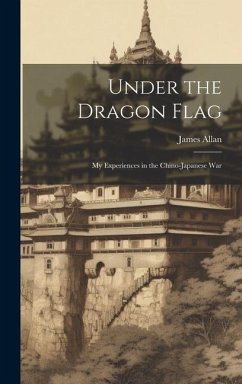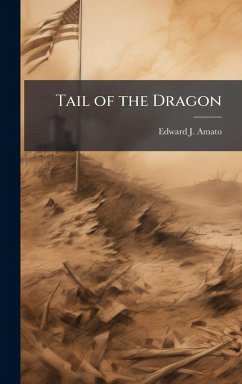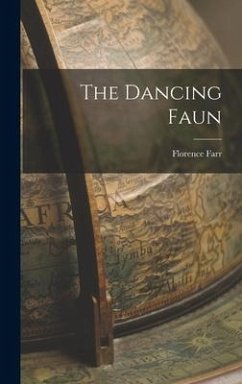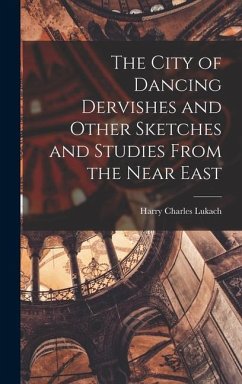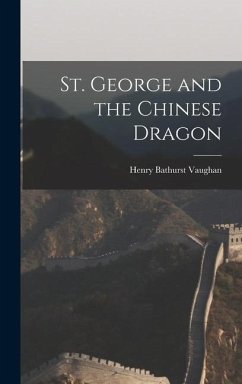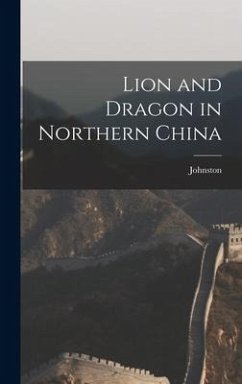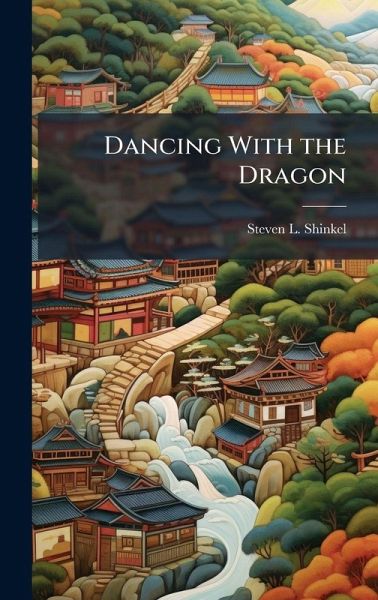
Dancing With the Dragon
Versandkostenfrei!
Versandfertig in über 4 Wochen
25,99 €
inkl. MwSt.
Weitere Ausgaben:

PAYBACK Punkte
13 °P sammeln!
Could China be a threat to Kim Chong-Ils regime? What would China do if it appeared likely that Kim"s provocations would instigate military action by the US or RoK? In this situation, China has three primary strategic options: she could choose to fight in a replay of the Korean War; she could do nothing and this could result in North Korea's defeat/occupation; or China could choose to intervene, which may involve a "regime change," to preserve the status quo. The research suggests the third option of intervention most closely aligns with China's strategic and regional objectives of maintaining...
Could China be a threat to Kim Chong-Ils regime? What would China do if it appeared likely that Kim"s provocations would instigate military action by the US or RoK? In this situation, China has three primary strategic options: she could choose to fight in a replay of the Korean War; she could do nothing and this could result in North Korea's defeat/occupation; or China could choose to intervene, which may involve a "regime change," to preserve the status quo. The research suggests the third option of intervention most closely aligns with China's strategic and regional objectives of maintaining the status quo. The evidence presented in this paper will explain why intervention is in China's best interest and will implicitly refute the other two options of "fighting" or "doing nothing." This intervention does not mean the People's Liberation Army (PLA) will invade North Korea, but the Chinese may have Kim removed, quietly or otherwise, and replaced with a less confrontational leader to maintain the current status quo. Consequently, the biggest threat to Kim's regime may not be the US/RoK, but rather China. This work has been selected by scholars as being culturally important, and is part of the knowledge base of civilization as we know it. This work was reproduced from the original artifact, and remains as true to the original work as possible. Therefore, you will see the original copyright references, library stamps (as most of these works have been housed in our most important libraries around the world), and other notations in the work. This work is in the public domain in the United States of America, and possibly other nations. Within the United States, you may freely copy and distribute this work, as no entity (individual or corporate) has a copyright on the body of the work. As a reproduction of a historical artifact, this work may contain missing or blurred pages, poor pictures, errant marks, etc. Scholars believe, and we concur, that this work is important enough to be preserved, reproduced, and made generally available to the public. We appreciate your support of the preservation process, and thank you for being an important part of keeping this knowledge alive and relevant.






